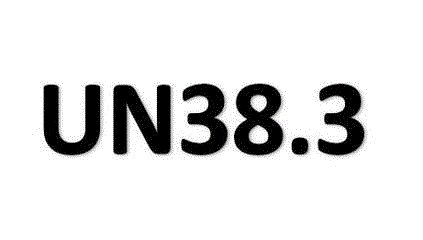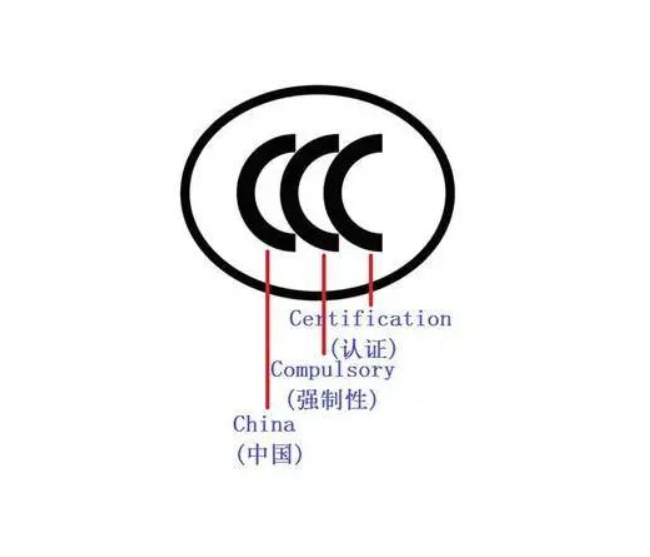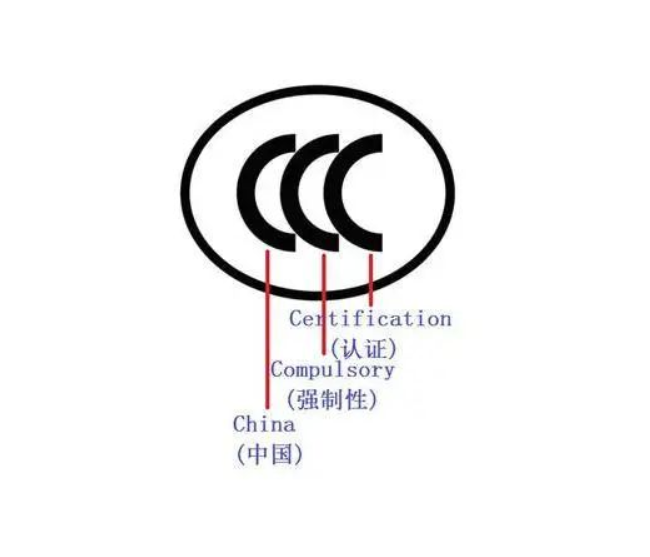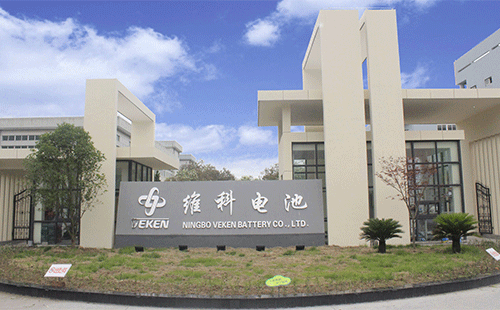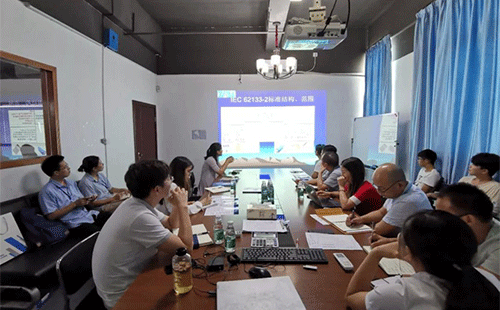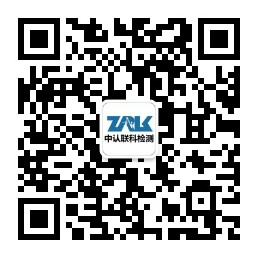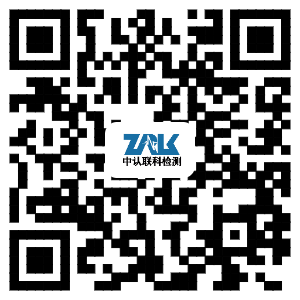IATA DGR 64 (2023) and ICAO TI 2023~2024 have adjusted the air transport rules for various types of dangerous goods again, and the new rules will be implemented on January 1, 2023.
The main changes in the DGR 64th revision involving the air transportation of lithium batteries are:
◆ Revised 3.9.2.6.1 to remove the need for a test summary when the button cell is installed in the device for shipment;
◆ Add the requirement of special clause A154 to UN 3171 Battery-powered vehicle;
◆ A154: Do not ship lithium batteries that the manufacturer considers to be deficient in safety, or that are damaged, causing potential heat, fire, or short-circuiting (e.g., have been cells or batteries recalled by the manufacturer).
◆ Amendment to PI 952: When the lithium battery installed in the vehicle is damaged or defective, the vehicle is prohibited from being transported. When approved by the relevant authorities of the country of origin and the country of the operator, batteries and cells for trial production or low production may be transported by cargo aircraft.
◆ Amendment of PI 965 and PI 968: requiring each package transported under IB terms to withstand a stacking test of 3m;
◆ Amendments to PI 966, PI 967, PI 969 and PI 970: Amend Clause II to specify that when a package is placed in an Overpack, the package must be secured in the Overpack and the intended function of each package must not be compromised by the Overpack, This is consistent with the general requirements specified in 5.0.1.5;
◆ Modify the lithium battery operation label, cancel the requirement to display the phone number on the label, and the transition period will be before December 31, 2026, and the existing lithium battery operation label can continue to be used until then.

Stacking test requirements:
1. Number of test samples: 3 test samples for each design type and each manufacturer;
2. Test method: Apply a force on the top surface of the test sample, the second force is equivalent to the total weight of the same number of packages that may be stacked on it during transportation. The minimum stacking height including test samples shall be 3m, and the test time shall be 24 hours;
3. Criteria for passing the test: The test sample shall not leak. For conformity or combination packagings, the contained substance shall not emerge from inner receptacles and inner packagings. The test samples shall not show damage that could adversely affect the safety of transport, or deformations that could reduce their strength or cause instability in the stack. Plastic packaging should be cooled to ambient temperature before evaluation.
Warm Tips
ZRLK has been focusing on the testing and certification of battery products in 18 years, always paying attention to the changes in regulations of various countries, and providing customers with one-stop testing and certification services to ensure that your products can quickly enter the target market. If you want to know more about the requirements for battery/battery product testing and certification or have battery/battery products that require relevant testing and certification, please feel free to contact us, our engineers will serve you as soon as possible!


